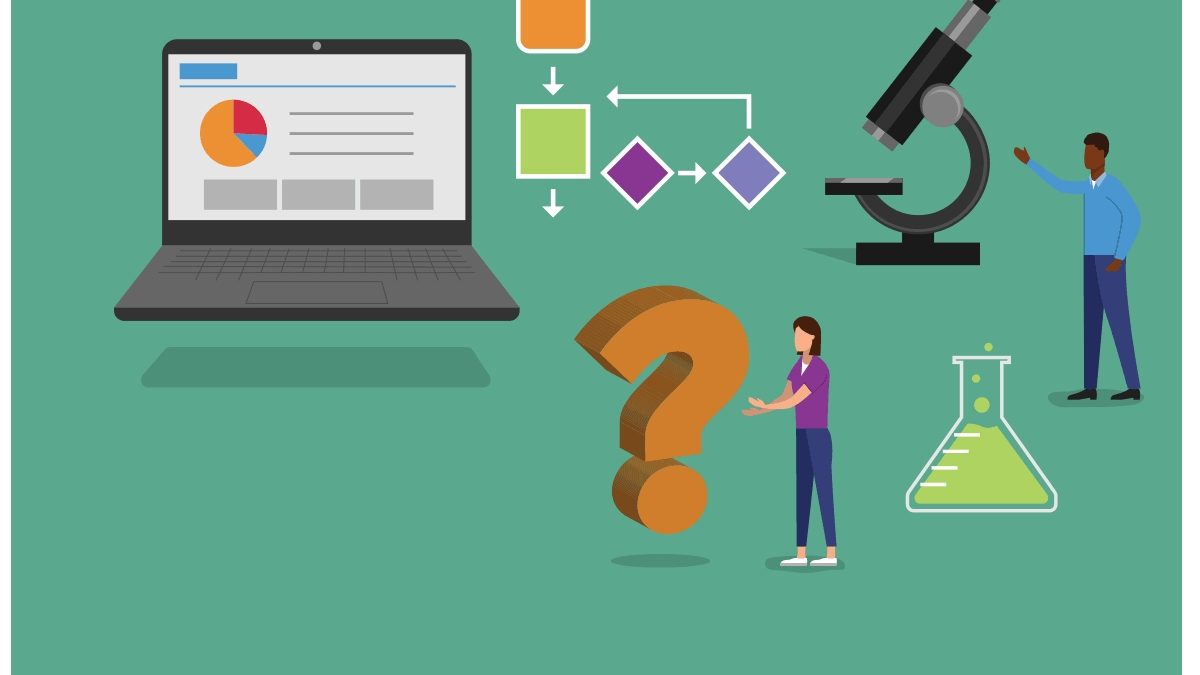Why Computational Thinking is Essential and How can Teachers Introduce it in Their Classroom? – The most important skills in the modern workplace are problem-solving skills. More specifically, one’s ability to solve complex problems is a crucial element that determines their success in the modern world. The field of education has witnessed rampant changes in recent times. Today, most teaching and learning activities are carried out remotely via live classes as opposed to traditional offline education. Especially since the coronavirus pandemic when schools and college campuses were shut down, locking millions or lots of students and educators across the entire nation out of the classroom, online teaching has garnered even more popularity. Nowadays there are many good mobile teacher apps available on the internet which make teaching simpler and more efficient.
In the ever-changing world we live in, developing computational thinking has become a necessity. But what exactly is computational thinking? Well, in simple terms, it is the process of breaking a bigger, complex problem into smaller and simpler chunks which can be solved with relative ease. Thereafter, we begin by finding solutions for each module and in doing so we successfully arrange a piece of the puzzle until we arrive at the final solution to the original problem. It is similar to how computer programs work, hence the term computational. It is important to develop computational skills in young students as it helps in developing the skills which are instrumental in making them employable and more likely to succeed in the modern era. Here are a few ways in which educators can introduce computational thinking in their classroom….
Table of Contents
Decomposition-
It is the first and foremost step involved in solving a complex problem through computational thinking. This step involves decomposing a complex problem involving multiple steps into multiple simpler chunks involving one or two steps. In order to teach the art of decomposition to young learners, teachers could begin by introducing the students to problem-solving scenarios. Here teachers give students a complex problem and ask them to identify ways in which they could break the bigger problem into several chunks, each of which could be solved independently. This step can be accomplished by facilitating communication among students and providing guidance in order to nudge the students towards actively trying to break down the complex problem into smaller modules.
Pattern recognition-
Humans have the gift of pattern recognition bestowed upon them by mother nature. Pattern recognition is not just an important element of computational thinking, it is also a vital component of human intelligence that is innate to us and is a big part of what differentiates homo sapiens from other species. Even though we use pattern recognition everyday in our lives, in order to develop this skill to the required level, teachers need to actively work with the students towards inculcating it in them. At the primary level, teachers could give basic pattern recognition puzzles to their students for practicing. Students learn to examine similar objects or events and identify resemblance and recognize any inherent patterns in them.
Abstraction-
Abstraction involves the ability to focus on the information which is pertinent and principal to the problem at hand without getting distracted by the ton of information in the background. For instance, while driving a car, knowing how the gears work is important, however knowing the inner construction and working of the gearbox is not necessarily relevant to a driver. A clever and effective way of teaching abstraction to young students is by using literature. Teachers could give their students a passage and ask them to identify the central idea, supporting ideas and other key details in the passage.
Algorithms-
It is an important step in developing solutions for problems. Algorithm is basically a set of sequential steps which need to be followed in order to solve a particular problem. You could start by asking the students to write algorithms for simple tasks such as making tea or a sandwich. Teach them flowcharts and the various methods to represent an algorithm in an unambiguous manner.
The complexity of problems facing the modern world is increasing day by day. In order to become employable, students need to learn the process of solving complex problems. Computational thinking is an effective way of looking at problems, especially as the interaction between humans and computers continues to increase. We hope that the ideas discussed in this article are helpful for the educators in developing computational thinking in their students.

